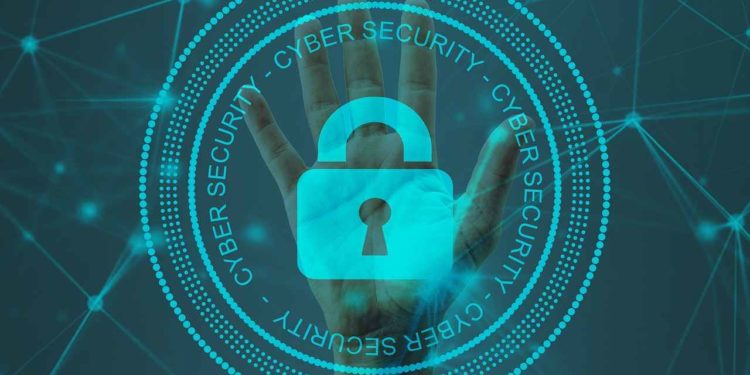Considering the impact that technology has in virtually every industry, it is more important than ever for businesses of all sizes to take cybersecurity seriously. While this might seem like a daunting task, there are a few steps anyone can take to lower the risk posed by hackers or other online criminals. From creating protected passwords to learning more about how to conduct a compromise assessment, the tips below will provide an excellent place to start the process of securing all of a company’s digital assets.
Table of Contents
1. Be Vigilant in Identifying Potential Risks
By definition, hackers work in the shadows and do their best to cover any tracks left behind by their nefarious deeds. While this has presented a difficult challenge to all types of businesses in the past, there are some effective tools that any team can use to root out possible threats and build up more robust roadblocks against potential future attacks. Finding a qualified professional who can install specially designed software can help root out issues that could open up a company’s computer system to breaches. The first step in this process is called a compromise assessment, which is essentially just a deep search of all network components, computers, and other Internet-connected devices. The assessment is usually carried out by professionals like Cytelligence.
The result of this assessment will determine whether there is any malware attached to the components or whether any signs of unauthorized logins and access are present. Either of these factors can be a sign of trouble, and it is always best to find them as early as possible to address the root problem and begin repairing and restoring any compromised elements before the issue gets any worse.
2. Go Hunting for Possible Threats
Even before conducting a compromise assessment, many businesses choose to take a broader look at their connected systems to find possible threats that could develop into actual breaches. If a company is large enough to have an information technology team, such a job might be possible to complete with in-house staff members. In other cases, it is probably best to trust a cybersecurity expert to provide the most comprehensive and informative search for such threats. During the process, a professional will focus on a particular set of issues regarding the efficacy of existing safeguards and any gaps in the defense system in place. Furthermore, the threat hunting phase will seek to identify any evidence that a bad actor has been able to make it through one of the business cybersecurity measures. When the work is complete, the expert will provide a report or series of documents that detail everything found during the review as well as personalized measures that can be effective at repairing any security gaps and preventing future threats.
3. Get Every Employee on Board
Even if the threat hunting and compromise assessment process do not show any major security issues, it is important to remember that there is always a possibility that someone will attempt to breach the system and either obtain sensitive information or disrupt the company’s ability to conduct business. Therefore, every staff member should have a vested interest in taking precautions and security measures that will help keep the entire network as safe and protected as possible. This might mean implementing a designated and encrypted service for storing passwords and other information that could cause problems if it ends up in the wrong hands. All it takes is one careless act such as clicking on a suspicious link to create major security issues for an entire business. Informing and educating new and existing employees alike is a great way to reduce the likelihood that anyone will make a move that results in a breach. Whether it takes the form of quarterly meetings or informative emails whenever a new strategy is unveiled, it is vital to share such data with everyone who has access to systems that could be exploited by a hacker.
4. Stay up to Date on the Latest Techniques
Just as hackers and digital thieves use new and evolving tools to wreak havoc on companies around the world, the methods for improving cybersecurity are also dynamic and can change dramatically over the course of just a few years. For that reason, any business should remember that the measures that work today might not be sufficient or even effective at a point in the not too distant future. Maintaining close contact with a third-party cybersecurity team or hiring professionals to work on the network directly are important steps toward creating a secure network that will stand the test of time. It is also helpful for executives and department managers to understand as much as possible about best practices and security protocols so that they can better communicate the importance of such processes to those staff members working underneath them. Providing a great example at the top is an effective way to influence employees at every level.



















